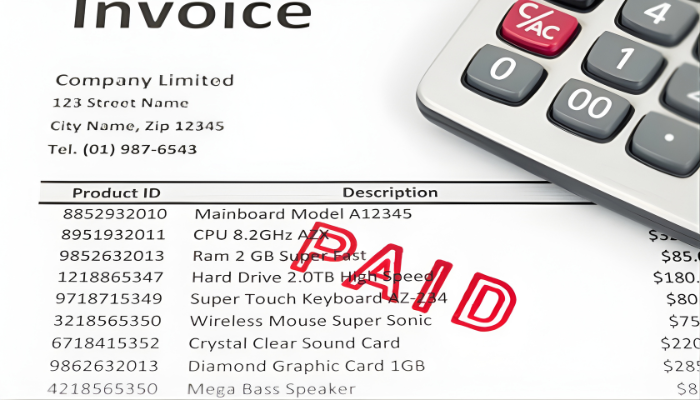
Businesses have long needed the ability to raise funds. In fact, as long as trading and commerce has existed, there has been the need to raise funds to fuel product purchases and to meet expenses before clients pay their bills. Factoring is one of the most ancient, long-lasting forms of funding. Here is a bit about its history.
Factoring in Ancient Times
Ever heard of the Code of Hammurabi? It is a code of laws set down by the sixth Babylonian king, Hammurabi, in the 18th century B.C. Part of the Code sets down rules for merchants who wanted to use factoring as a form of funding.
As civilization developed, other forms of financing began to form. Factoring, however, remained a major funding option. Ancient Roman merchants used agents to guarantee trade credits. These agents became known as "factors". The term factoring and factoring have come forward to modern times.
The Development of Modern Factoring in Medieval Europe
The rules and forms of modern factoring began to form in Medieval Europe. As trade began to increase, the need for different forms of funding increased as well.
Religious usury laws prohibited Christians from charging excessive fees for lending money. Jewish agents filled the gap when it came to high risk ventures that needed higher interest rates. They would provide cash advances to farmers and merchants, with the harvest or profits being held as collateral. These agents were the precursors to modern investment bankers.
The practice of factoring continued to develop and mature as Medieval Europe emerged into the Renaissance.
Factoring as a Colonial Funding Option
By the time the American Colonies were founded, factoring had long been a form of financing for European merchants. The practice came to the New World along with commerce and trade. The use of merchant agents to finance shipments of raw materials between the Colonies and Europe became common practice.
A merchant agent would factor shipments going from Europe to the Colonies. The agent would take physical possession of the goods at the origin and take it to the place of sale. After the goods were sold, the merchant agent would take a small percentage before turning the profits over to the seller.
Eventually, the agents stopped taking part in the physical movement of goods. Instead, they started financing and insuring the credit. This is when focus turned on ensuring that the buyers were creditworthy. Factors started guaranteeing payment from creditworthy customers.
The Growth of Factoring in the New Nation
Factoring continued to evolve in the late 18th and into the 19th century. Factors started venturing into new areas including selling crops, purchasing goods and handling shipments of raw goods to market.
At the dawn of the 20th century, the growth of the textile industry fueled the growth of factoring. In fact, it became a major source of funding in areas where banks were limited by law into how much money they could lend. Factors did not have those restrictions. This freedom attracted other industries like transportation and freight forwarding. Many businesses in these specialty areas continue to use factoring for their funding needs.
The use of factoring became less prominent as the era of credit cards and lines of credit emerged in the post-WW2 era. However, it returned to prominence in the 1970s and 1980s when interest rates soared.
Factors today offer thousands of businesses the ability to gain the cash they need to grow and to operate from day-to-day without cash flow issues. They provide credit analysis of customers, maintain the accounts receivable ledger, and manage collections.
Factoring has evolved as times have changed. However, one thing has remained the same. Factoring remains a respectable viable financing option for businesses of all sizes and in most industries. Can you use factoring in your business?















